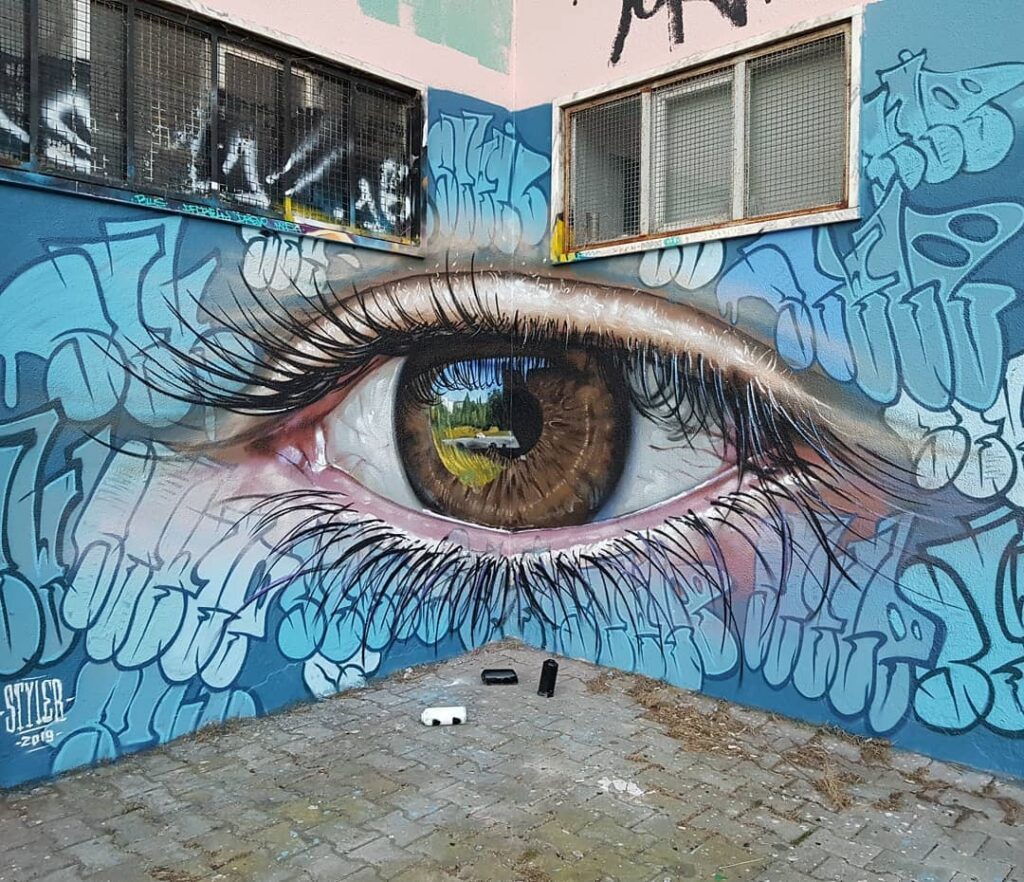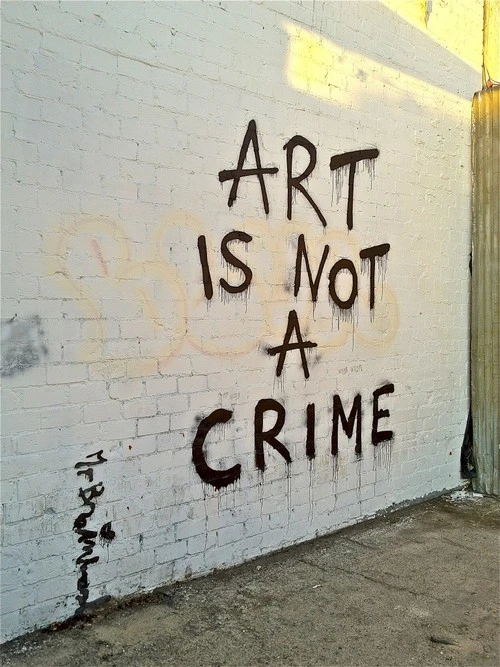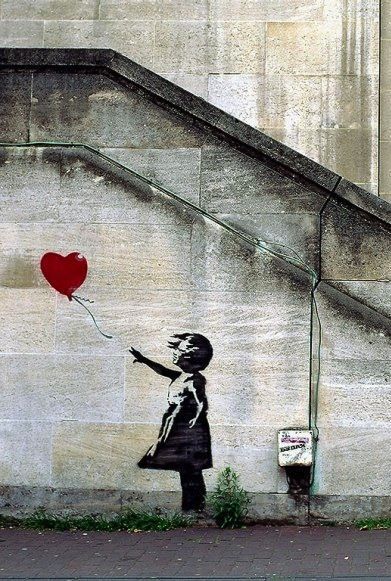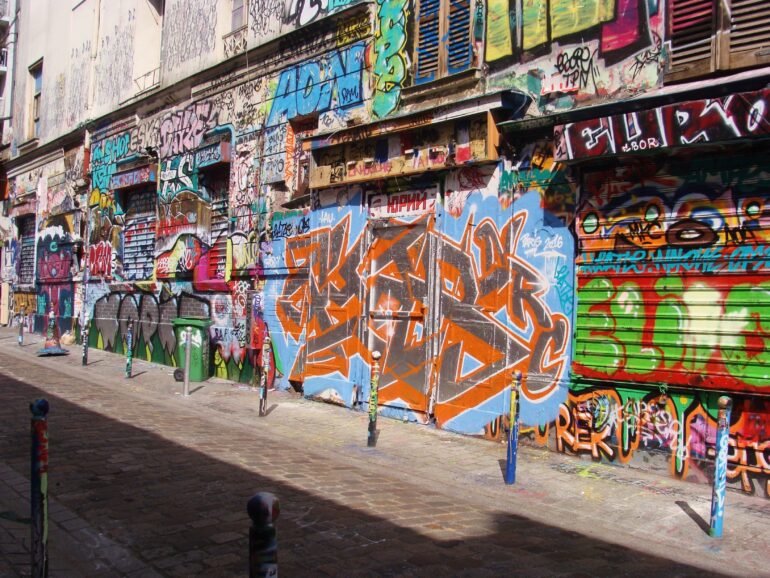Art is universally admired and respected by the masses for its beauty and ability to evoke intense emotions. But many often wonder what exactly is art. What defines something as art and who decides what is and is not art? Although these questions are valid, there is no definitive answer. Art is everything and nothing simultaneously. The textbook definition of art reads as “the expression or application of human creative skill and imagination, typically in a visual form such as painting or sculpture, producing works to be appreciated primarily for their beauty or emotional power”. In Western culture, there are art forms and mediums more widely accepted by the mass majority of society. However, more risky art is often considered offensive, disgraceful, and even criminal. Street art is one of the most well-known art forms to be stigmatized and looked down upon. It’s at the forefront of society’s scrutiny and preconceived notions of artistry. However, is the unwarranted hatred for street art deserved?

The argument against street art is easily understood, but is obtained from a place of ignorance. Many individuals have an outdated view of street art and confuse it with graffiti. Graffiti or tagging is often equated to street art and many use the terms interchangeably. Although modern street art is derived from graffiti, the two art forms aren’t entirely the same. Graffiti originates from the Italian word ‘graffio” which means to scratch. First seen in the streets of Philedalpea in the 1960s, graffiti was associated with gangs, as “taggers” would vandalize public architecture to attempt to mark their territory. In the beginning, most graffiti was limited to words, phrases, and names, lacking the passion for true artistry. Over the years graffiti would transform into remarkable, vibrant murals seen in urban communities.
Street art is misrepresented in the media and the complexities and depth of the art expression are not discussed. Whether the art portrayed is subtle or blatantly obvious, street art tackles intense topics most related to politics. Street artists use urban landscapes as a canvas to express injustices, inequality, and personal opinions to convey a message to the general public. Pushing back on societal norms, street artists take great risks to advocate for change in their community. Although vandalism and destruction of public or private property are considered illegal, street artists are gaining popularity for their skills and talent. Many of them are hired by various companies and organizations to create beautiful murals on buildings, either inside or outside. Allowing street artists to express themselves freely within the community, creates a unique and special atmosphere. They are able to bring light, beauty, and emotion through artistry to what once was considered normal and boring.

One of the most well-known street artists goes by the name Banksy, and his work is often polarizing to the public, as his spray-painted murals are meant to conjure those that pass by it. Although Banksy’s identity remains unconfirmed, the England-based artist has successfully bridged the gap between what was once considered graffiti and traditional art. Many of Banksy’s installations are displayed in exhibitions in several art museums, allowing others to see the craftsmanship and credibility of street artists.

Certain forms of street art, whether tagging or graffiti are considered vandalism due to their destructive nature, and it’s crucial as a society we work together to keep our neighborhoods, streets, and public establishments as clean as possible. However, it’s also just as important we support local artist and their unique ability to create amazing artwork on unconventional surfaces. Art in all forms, whether that’s music, fashion, paintings, sculptures, etc., is an essential part of a diverse well-rounded culture and community.



